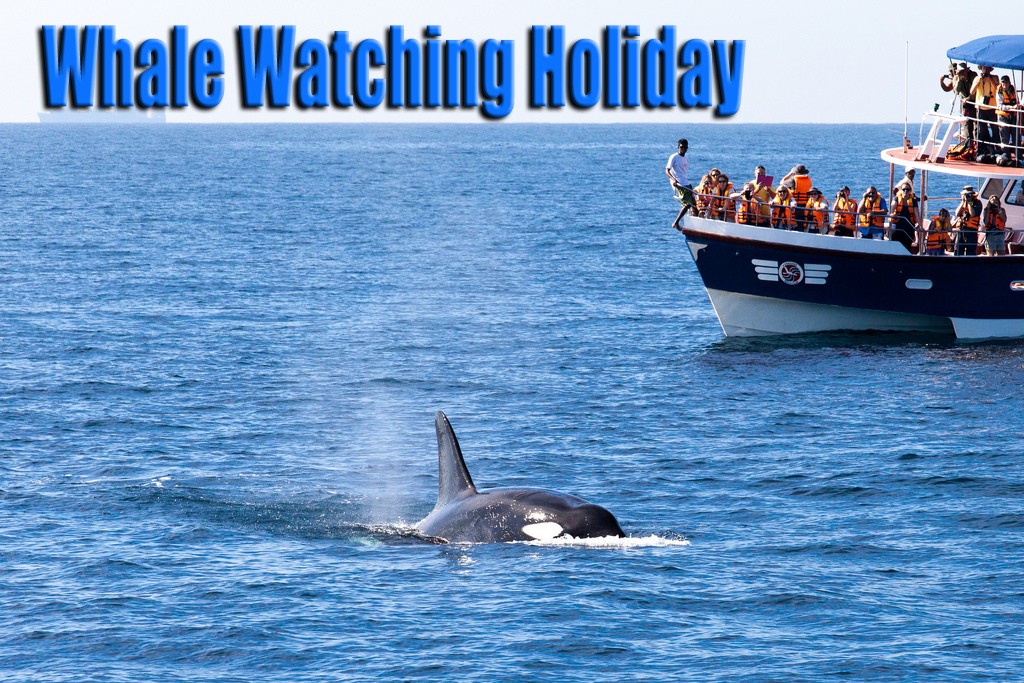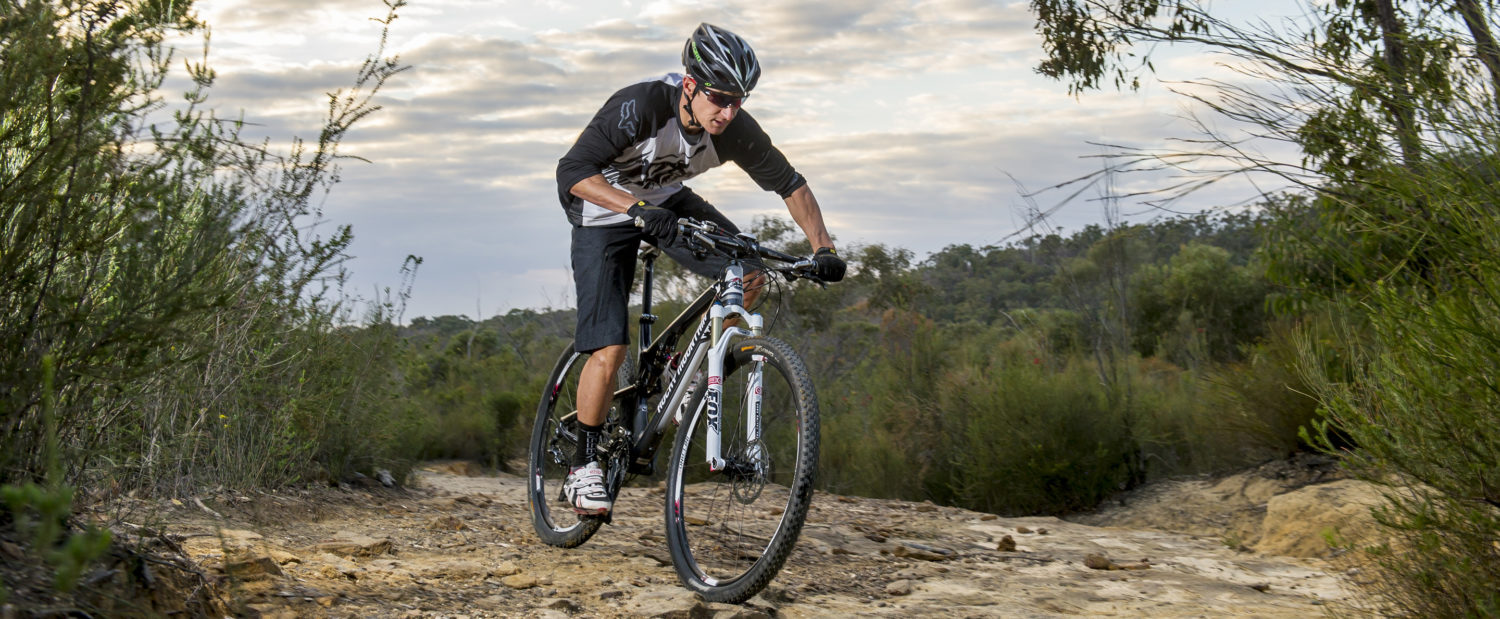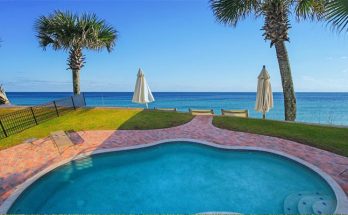Every year in the waters between Maui, Moloka’I, Lana’I, and Kaho’olawe from November to May, tourists can view humpback whales who make annual pilgrimages here to mate, give birth to their young and nurse them. During this entire time, the whales visiting here don’t eat anything. Female humpback whales are especially friendly creatures with other animal life, forming interspecies friendships that often last for years and even despite long absences. Until an international law banning whaling in 1966, whalers very nearly hunted humpback whales to extinction.
 In 1992, Congress instituted the Hawaiian Islands Humpback Whale National Marine Sanctuary so that these animals could be better protected and so that tourists to the area could observe and more fully appreciate them. The area of this Congress-instituted sanctuary extends from the Four Island area of maui whale watching to the North Shore of kaua’I, to Oahu, to Kona and Kohaka coast of Hawaii (the Big Island). Today, tour boats are not allowed to get tourists closer than 100 yards to whales for the protection of both tourists and the whales.
In 1992, Congress instituted the Hawaiian Islands Humpback Whale National Marine Sanctuary so that these animals could be better protected and so that tourists to the area could observe and more fully appreciate them. The area of this Congress-instituted sanctuary extends from the Four Island area of maui whale watching to the North Shore of kaua’I, to Oahu, to Kona and Kohaka coast of Hawaii (the Big Island). Today, tour boats are not allowed to get tourists closer than 100 yards to whales for the protection of both tourists and the whales.
The majority of the Hawaiian whale-watching tours disembark from either Lahaina and Maalaea, plowing the waters between Maui and Lanai. If you are on such a tour during the aforementioned months, it is pretty much a guarantee that you will have multiple whale sightings since those months will see about 10,000 whales in these waters and all whales need to come up for air every few minutes. However, you need to keep in mind weather conditions. Although the whales will still be coming up for air (they have to), bad weather conditions may keep you and your group from seeing anything.
If you determine the weather is suitable for such an excursion, make sure you bring the right kind of gear like a hat, sunglasses, lip balm, camera and/or binoculars, and sunscreen. Suggestion: while binoculars are very nice to have with you, don’t use them for long stretches at a time since doing so is a great way to get seasick. Just in case it gets too cool, you should also bring along a light jacket. For sustenance on your journey, you should also bring along snacks and bottled water. However, some whale watching tour boats have food options on board, so you should find this out when you are booking the trip.
Whatever the case, just be sure to drink plenty of liquids while on the boat tour since staying hydrated helps curb seasickness. You can also help prevent seasickness by obtaining a wristband designed to help with that sort of thing. Some tourists prefer to tour on glass bottom boats that are equipped with audio equipment that can hear the humpback whales’ famous underwater songs. You can even opt to forgo boat whale watching altogether and just observe from the shoreline. On all tours, while whale sightings are the main thing, a visit during any time of the year will provide you with a veritable wealth of other unforgettable marine life sightings.




